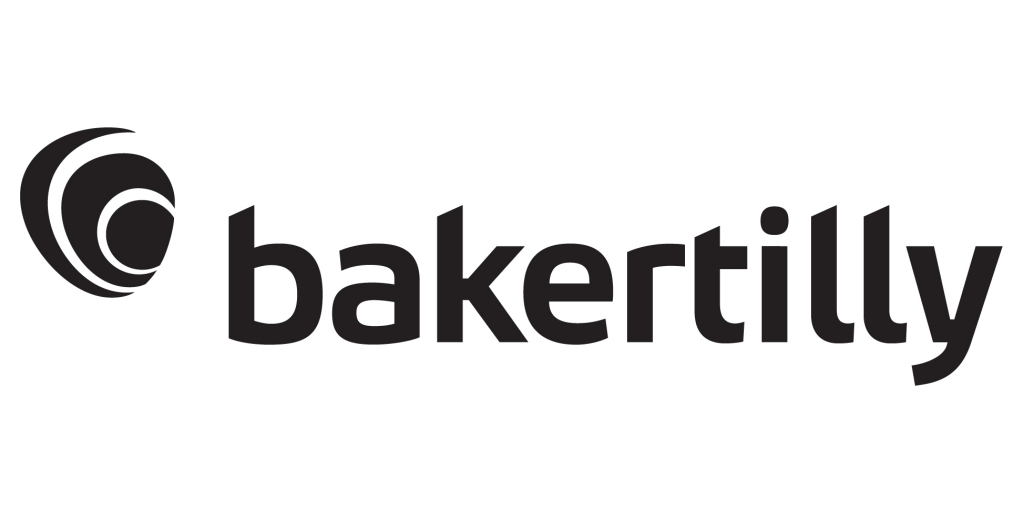Baker Tilly Analysis: Federal Supplier Climate Risks and Resilience Proposed Rule Introduces Heightened GHG Emissions Reporting for Federal Contractors

Authored by Julia Smith and Brianna Hardy
In November 2022, the Department of Defense (DoD), General Services Administration (GSA), and National Aeronautics and Space Administration (NASA) proposed an amendment to the Federal Acquisition Regulation (FAR), known as the Federal Supplier Climate Risks and Resilience Proposed Rule, to increase the transparency of climate-related information related to government contracting.
The proposed regulation would require applicable federal contractors to:
- disclose greenhouse gas (GHG) emissions for scopes 1, 2 and 3,
- conduct a climate risk assessment to identify risks in alignment with the Task Force on Climate-related Financial Disclosures (TCFD),
- complete the Carbon Disclosure Project (CDP) climate change questionnaire, and
- commit to developing a science-based target validated by the Science Based Targets initiative (SBTi).
Who does it affect?
The proposed rule divides the federal contractor supplier base registered in the System for Award Management (SAM) into two categories:
- Significant contractors are defined as contractors that received between $7.5 million and $50 million in federal contract obligations in the prior federal fiscal year.
- Major contractors are defined as contractors that received more than $50 million in federal contract obligations in the prior federal fiscal year.
In FY2021 alone, there were more than 5,500 qualifying contractors. This proposed rule is expected to cover 86% of annual federal spending and about 86% of the federal supply chain’s GHG and climate impacts [1].
See the requirements for each contractor category:
| Type of contractor | Scope 1 and 2 GHG emissions | Scope 3 GHG emissions | Description of climate risk assessment process and risks identified | CDP climate change questionnaire sections that align with TCFD | Science-based targets with validation by SBTi |
| Significant contractor ($7.5M - $50M) |
✓ | ||||
| Major contractor (>$50M) |
✓ | ✓ | ✓ | ✓ | ✓ |
Regulatory timeline
While there isn’t a clear timeline for approval, the proposed rule states that after one year of publication of the final rule, all federal contractors must have completed their GHG inventory and disclosed scope 1 and 2 GHG emissions. The additional requirements for major contractors would begin two years after publication of the final rule. These additional requirements include reporting on scope 3 GHG emissions, conducting a climate risk assessment to identify risks in alignment with the TCFD, completing the CDP climate change questionnaire and committing to developing a science-based target validated by the SBTi.
Comparison to the SEC climate-related disclosures
In March 2021, the SEC announced plans for a greater focus on climate-related risks. The proposed disclosure ties to the TCFD and the newly formed International Sustainability Standards Board (ISSB), a part of the International Financial Reporting Standards (IFRS) Foundation. The TCFD focuses on governance, strategy, risk management and metrics and targets of climate change disclosures. The details of the disclosure requirements are extensive, and registrants will be required to disclose both qualitative and quantitative climate information, such as disclosures of climate-related risks, GHG emissions, events and plans. The proposed SEC rule demonstrates a great reporting burden for public companies.
The reporting burden for federal contractors due to the proposed amendment to the FAR will vary depending on the value of contracts received. See the chart above for specific requirements. In comparison, the SEC climate-related disclosures will require a greater level of reporting but that shouldn’t diminish the reporting requirements for FAR.
Of note, under the proposed rule, major contractors would be subject to setting and validating a SBTi, a much higher threshold than the SEC rule that does not require any goalsetting. This can be a challenging goal to meet and often requires several years of reporting and analysis to determine business-appropriate pathways to net zero as required by the methodology of SBTi.
Key takeaways
- The FAR rule is likely to increase the reporting requirements for most federal contractors.
- The reporting burden is far greater for major contractors (>$50MM).
- Science-based target setting and CDP submissions are third party reporting and verification entities that have stringent guidelines to perform well. Organizations often need several years to align processes with the methodologies used by these groups.
- When the final rule is issued, it will come into effect over 12 to 24 months, depending on the significant or major contractor segment.
- Being unprepared for this reporting poses a material profit and loss (P&L) risk to the organization. This includes challenges to meet reporting obligations held within current contracts, which can affect scoring for future competitive bids that include environmental, social and governance (ESG) components.
Take action
The proposed climate-related disclosure and reporting requirements will soon be a reality for contractors of the U.S. federal government. Now is the time to start thinking about how the changing regulatory landscape could affect your organization. Companies can prepare by executing the below steps:
- Gain an understanding of your reporting landscape and the associated requirements
- Develop a consistent approach to reporting by leveraging other successful reporting processes
- Develop an ESG governance structure and risk management processes and procedure document to address climate-related risks
- Perform a climate-related risk assessment and identify climate-related risks
- Evaluate the impact of the identified risks on the company’s operations, products or services and develop risk responses and mitigation activities
- Align risk management processes
- Evaluate targets, goals and progress
Navigating the proposed regulation and its potential impact to your organization can be daunting. Lean on us to help you understand and respond to the rapidly changing ESG reporting landscape.
For more insights visit, Baker Tilly’s government contractors page.
[1] Federal Acquisition Regulation: Disclosure of Greenhouse Gas Emissions and Climate-Related Financial Risk, Federal Register

